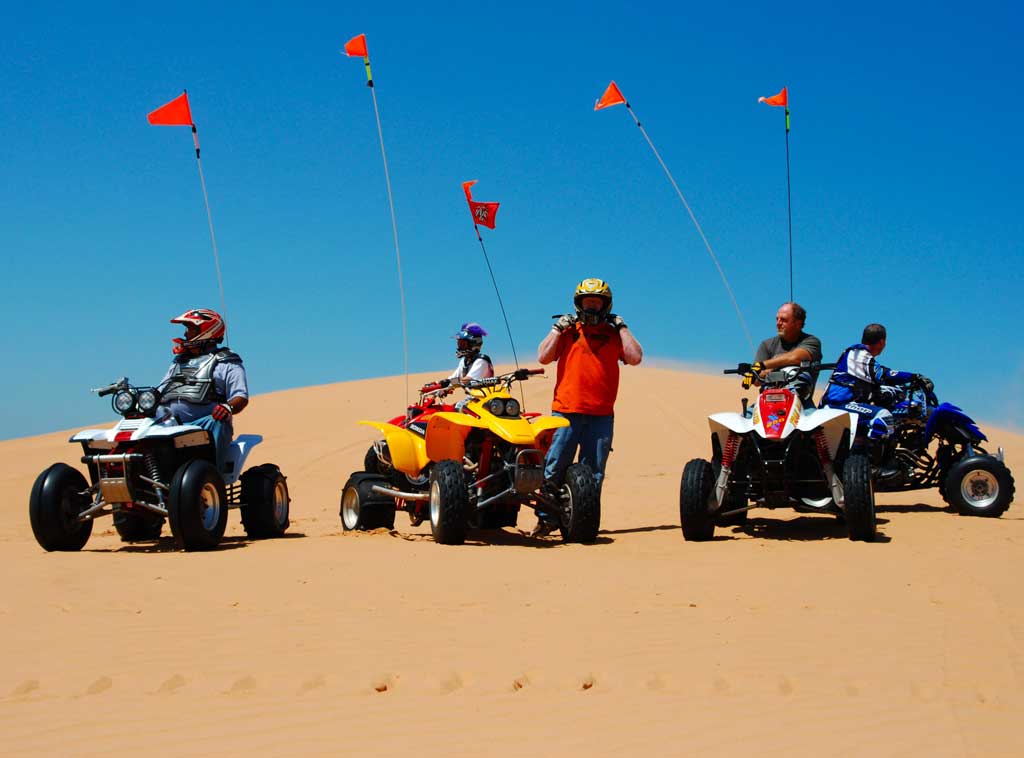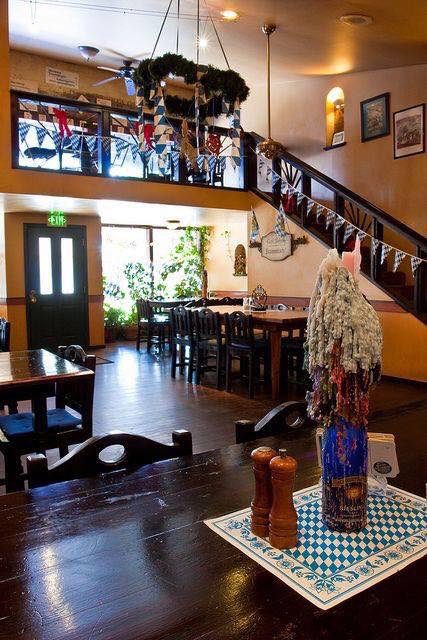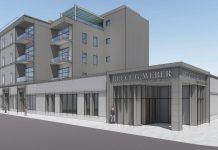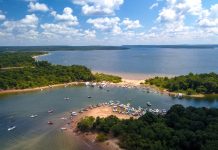
[dropcap]You[/dropcap] don’t need an ocean beach for your dune buggy, and you don’t need a metropolis to satisfy a hankering for a five-star schnitzel. Just head to Waynoka.
Northwest Oklahoma may be typical flyover country today, but early coast-to-coast, rail-and-air service had layovers in this Woods County town as part of the Transcontinental Air Transport, begun in 1928 and offering 48-hour service between New York and Los Angeles.

 Flights landed in Waynoka (70 miles west of Enid), where passengers boarded trains to continue their journeys in either direction. As more airlines provided east-west service, the TAT merged with Western Air Express with stops in Tulsa, ending Waynoka’s 21 months of aviation fame.
Flights landed in Waynoka (70 miles west of Enid), where passengers boarded trains to continue their journeys in either direction. As more airlines provided east-west service, the TAT merged with Western Air Express with stops in Tulsa, ending Waynoka’s 21 months of aviation fame.
But Waynoka remains an extraordinary stop. Little Sahara State Park offers 1,650 acres of sand dunes 25-75 feet high. Most riders bring their all-terrain vehicles, but some can be rented in town, which connects to the park via a milelong trail. The cost is $10 per driver to enter the dunes, which draw 210,000 visitors annually, depending upon the weather and economy.
“This is an expensive hobby,” interim park manager Greg Grimsley says. “That’s why attendance can fluctuate so much. The spring and fall are our busy seasons because of the nice weather. But even in winter, we can have 100 riders out here on a weekend.”
The dunes, a quirk of nature, formed when the ancient Permian Sea gathered sand on its shores. When this inland sea drained from continental uplift, sand remained. Prevailing winds and the Cimarron River kept the dunes in the area, although native people call them Walking Hills because they can form and re-form within a few days.
The dunes led to another anomaly when Dieter Dorner, a native of Nuremberg, Germany, arrived 18 years ago. Dorner immigrated in 1998 to start a destination restaurant. Knowing of all visitors to the park, he opened the acclaimed Cafe Bahnhof, whose most popular dish is Rahm schnitzel with onion-mushroom cream sauce.
Dorner picked the cafe’s name (German for train station) because “we couldn’t find a better one. We knew a lot of folks may have been in Germany in the armed forces and might know what the word means. Plus, we’re only a block away from the old train station.”
The cafe is modeled after small, rural eateries throughout Germany, many of which “are old and the furniture is dark, so we wanted to show that,” Dorner says. “We picked many earth tones to reflect the area: reds like the Oklahoma soil and different yellows.”
Cafe Bahnhof, with 42 seats, is open Wednesday through Saturday; reservations are recommended.

























